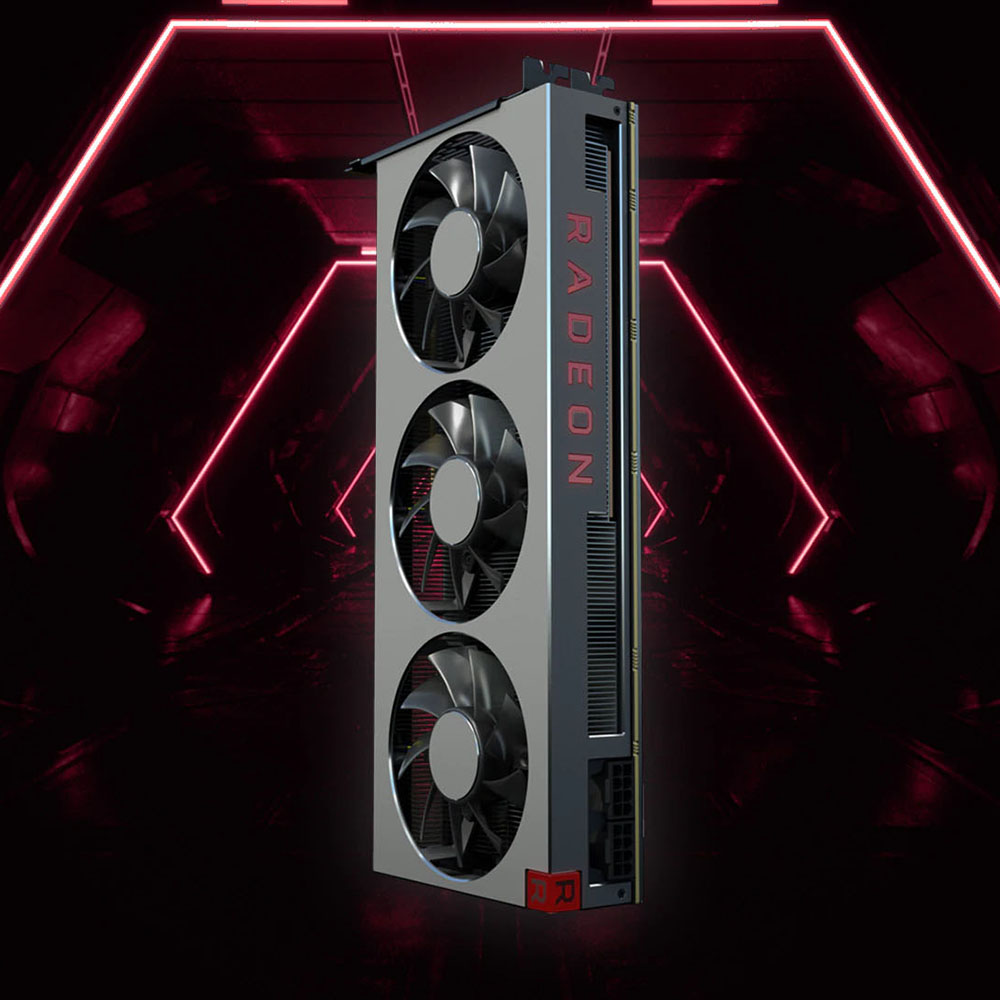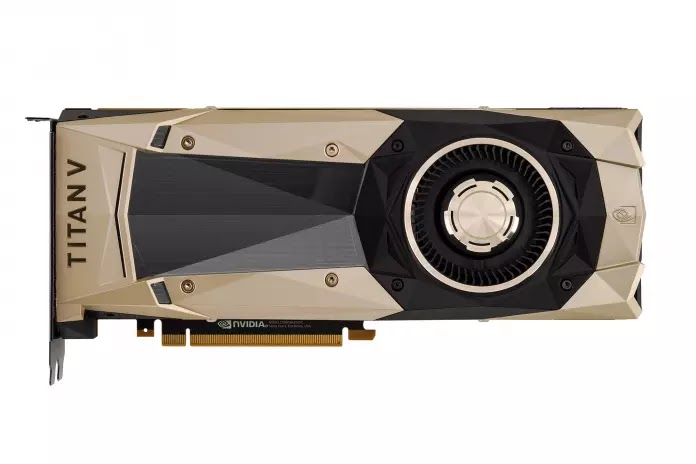

Recommend you to test the current source (download from github andĬompile yourself), which is labeled as 1.3b6. So, since you are interested in the best GPU performance, I But there have been a few changes since that time. Then, you are (mostly) using the version of 1.3b4, which is the

(and their communication speed with the CPU). So your performance is based on the particular GPUs Sorry for that.įirst, my guess was actually completely incorrect, since "internalįields" is the GPU time (mostly), while "scattered fields" is One more duplicate to get this message into the correct thread. May be very different from pure Gflops that you mentioned.īy the way, current version of ADDA wikis are atĪnd coming back to your specific questions: There may be even some benchmarksĪt the corresponding website. ), so try it if you are ready to experiment a little bit.Īlso, in terms of performance of different GPUs, it is a good idea Issue, but this option is not documented (see. (works only with bicg iterative solver), which may help with this We have an experimental option OCL_BLAS in Makefile And Nvidia cardsĪre usually faster in this copying, which may explain theĭifference. This copying may become noticeable on fast GPUs comparing with theĬomputational part (mainly using clFFT library). Time for scattered fields - and they are not GPU accelerated - seeīe determined by the used CPU, which is probably not the same forĪll runs, is it? In general, one should look, first, at "Internalīut even then, by default only the matrix-vector product isĪccelerated by the GPU and copying of input to the GPU memory (and The latter contained detailed timing information in theĮnd, which may be relevant for our discussion.Īs a first wild guess, you may spend major fraction of simulation Can you please additionally provide the usedĬommand line to execute ADDA and, ideally, the resulting logįiles.

Thanks for your interest in OpenCL mode of ADDA and for testing it Is there a way to utilize two (2) or more GPUs in one (1) Motherboard, in order to speed up the process? 2011, in order to speed up the calculations significantly? Is there a way to take advantage of the DP performance of Tesla GPUs, as is stated in Huntemann et al. How is the accuracy of the result impacted by the GPU runs (due to SP)? Judging from the above results, the best solution for runnning ADDA is currently the nVidia GTX1080 Ti, since the AMD cards seem to fall behind considerably despite similar FP32 and FP64 performance. It is evident that the FP64 (DP) performance is completely irrelevant to the overall performance of the ADDA algorithm. I have run the latest version of ADDA (Feb 2017) in different GPU's with the following results:


 0 kommentar(er)
0 kommentar(er)
